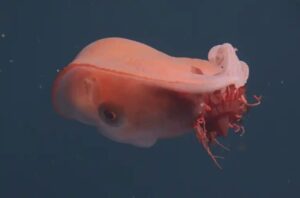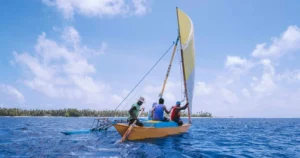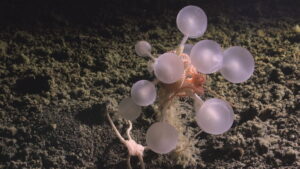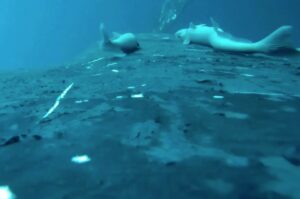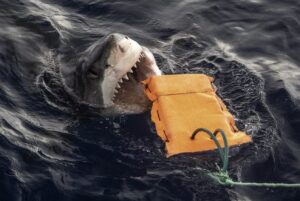Do you believe that the Pacific Islanders simply drifted until they found land? Over the last hundred years, most scholars believed that the Polynesians let the winds and weather push their boats wherever they may. But recently, the narrative has shifted, and many historians think that the Polynesians navigated the vast Pacific Ocean by reading the world around them. They observed the behaviour of birds, clouds, and ocean swells. But they also relied on an odd phenomenon that they couldn’t explain: a mysterious underwater light source that pointed them toward reefs, and inevitably, land.
A mysterious light
This light is called te lapa, which translates as “flashing light,” or “darts.” Though we have no photographic evidence, eyewitness testimony and historical sources say it has a consistent white colour, with some modern-day witnesses comparing it to the beam of a flashlight underwater.
Pacific islanders believe it originates from islands and travels through the ocean. According to writer Jeff Evans in his 2011 book Polynesian Navigation and the Discovery of New Zealand, te lapa can appear as far as 130km from shore and occurs 45cm to 1.8m under the ocean’s surface. Depending on your distance from an island, te lapa’s intensity varies.
The flashes are said to be visible just beneath the surface of the water or skimming the surface at night, appearing as faint but fast-moving beams of light that point in the direction of the nearest island. Unlike atmospheric phenomena, te lapa acts as a pilot signal whose appearance doesn’t depend on whether it’s raining, cloudy, or clear. It is not affected by surface waves.
What is it?
Explanations for the phenomenon are scant. Evans equates it with phosphorescence. However, in his book We, The Navigators (1972), writer and researcher David Lewis disagrees:
Te lapa has nothing in common with ordinary surface or subsurface phosphorescence. It comprises streaks, flashes, and momentarily glowing plaques of light, all well beneath the surface. Exactly like lightning, it flickers and darts and is in constant motion. It occurs a good deal deeper than common luminescence, at anything from a foot or two to more than a fathom.
Te lapa, dynamic, transient, and deep in the water, is in all these respects quite distinct from ordinary phosphorescence…common phosphorescence is most profuse within a mile or so of reefs and coasts, whereas te lapa does not begin until 8 or 9 miles offshore.
Lewis believed that he could trace te lapa’s formation to “deep swell movement, perhaps to ground swell or backwash waves reflected from land or reefs.”
Other scientists have chalked it up to bioluminescent marine organisms responding to subtle energy disturbances. Some organisms, such as plankton, emit a glowing light when disturbed. This can take on a green, blue, or white colour. Underwater currents or waves hitting underwater structures near islands might cause trails of light to appear. This could create the illusion of a directional flash moving through the water. However, critics of this theory argue that bioluminescence is generally scattered and does not form in straight lines.
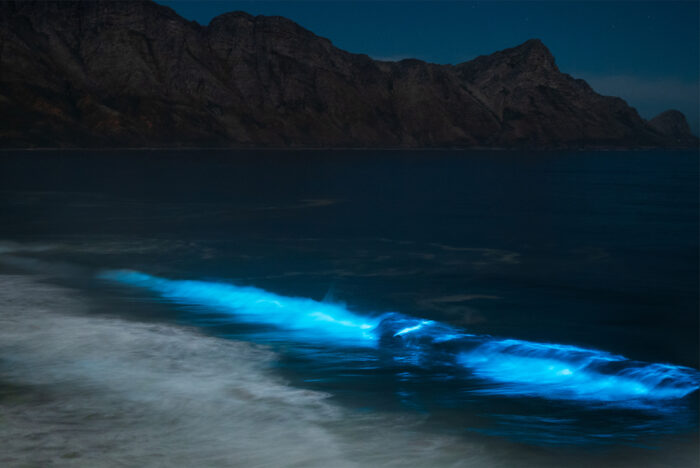
Bioluminescence in the waves. Photo: Retha Wepener
Another theory involves electrical or tectonic forces. Some scientists speculate that underwater volcanic islands might generate natural electrical discharges because of tectonic or geothermal activity. Latent activity can cause materials like quartz to generate electricity or light under stress. In theory, these discharges could be visible as quick, flashing lines. However, this remains speculative, with no hard evidence.
Some researchers propose that te lapa could be light refracting or reflecting underwater. Possibly influenced by the interaction of moonlight, ocean swells, and sea floor topography, this theory suggests that the flashes are nothing more than an optical illusion, where light is channelled or bent through temperature layers in the water.
Richard Feinberg, a professor at Kent State University, searched for te lapa between 2007 and 2008. However, he did not witness it.
“[My] attempt to document te lapa ended in frustration. I even noted in my journal feeling as if I had been searching for the abominable snowman,” Feinberg wrote.
What does a Polynesian navigator say?
Marianne George has been studying te lapa for several decades, and does not believe it is bioluminescence. She ruled out several natural phenomena, claiming:
I was already very familiar with a lot of lights one sees at sea: bioluminescence and luminescence that appear in the glowing wake of a vessel in both inland seas and offshore, St Elmo’s fire in the rigging, shooting stars, satellites, comets, the green flash, and strange lights and colors that occur at sunset.
George states that te lapa does not resemble any of these phenomena, and behaves very differently.
In the 1990s, she visited Taumako in the Solomon Islands and befriended a local legend, an experienced Polynesian navigator named Te Aliki Koloso Kahia Kaveia. The two of them frequently went out on the water and claimed to have experienced te lapa. George saw that the lights were sometimes skirting on the water’s surface and sometimes below. Kaveia insisted te lapa was above the surface.
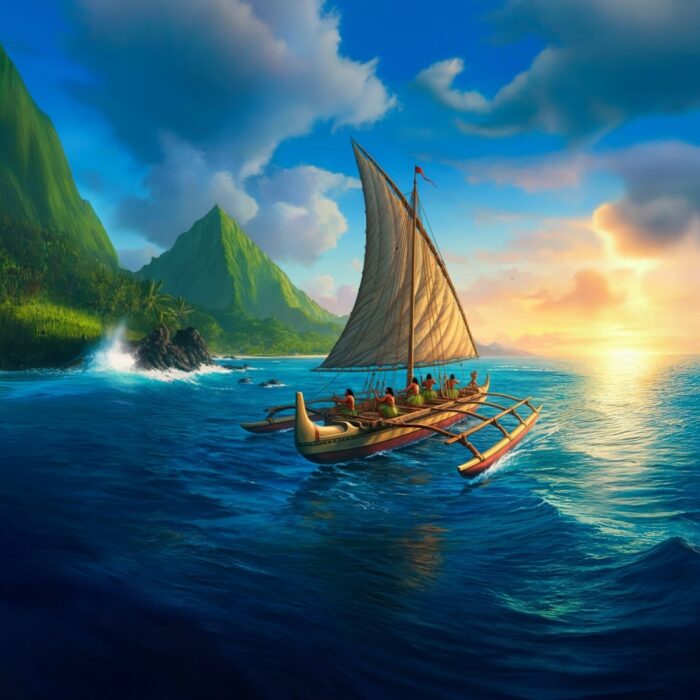
Ancient Polynesian Navigators. Photo: Shutterstock AI
George and Kaveia believe te lapa may be the result of ocean swells bouncing off the islands, the resulting waves meeting each other at certain points, and reflecting light caused by tectonic activity on the ocean floor.
“Te lapa may be the result of magnetic or electrical fields that are caused by the same tectonic energy emissions manifesting atmospheric light and color effects in the atmosphere as well as piezoelectric emissions prior to earthquakes,” George says.
Conclusion
Polynesian navigators believe te lapa is a guardian force that looks out for seafarers, appearing when a person is most in need of its assistance. They say that experiencing te lapa is a sacred gift and has played a key role in the story of the voyagers who made the Pacific islands their home. Te lapa and other unconventional navigation tools might encourage sailors to develop a crucial skill: intuition.


